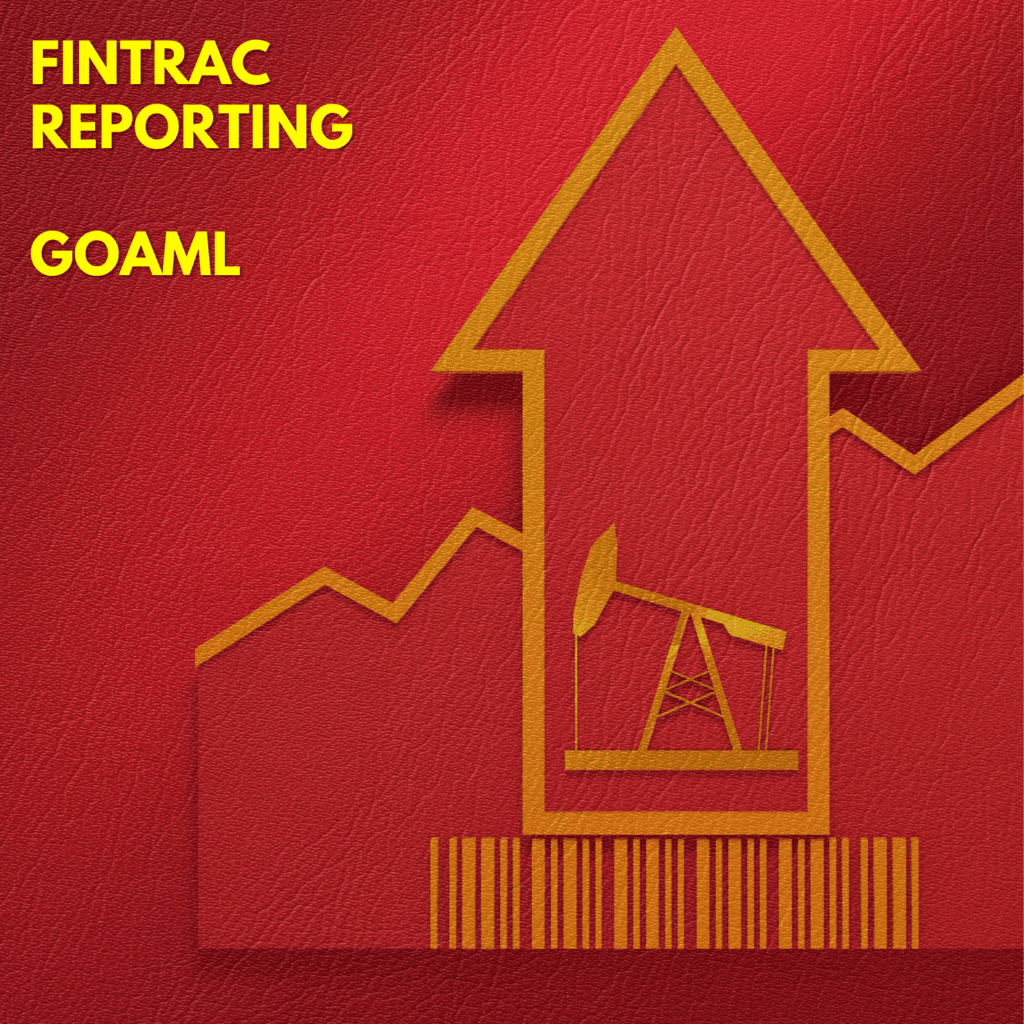Understanding Fintrac Reporting: A Guide for Businesses
Understanding Fintrac Reporting: A Guide for Businesses
Blog Article
Introduction
Financial crime and money laundering pose significant threats to the economy, prompting regulatory authorities to enforce strict reporting requirements. In copyright, the Financial Transactions and Reports Analysis Centre of copyright (FINTRAC) is the government agency responsible for overseeing compliance and detecting financial crimes. Businesses in various sectors must understand and comply with FINTRAC reporting requirements to avoid penalties and contribute to financial security.

What is FINTRAC?
FINTRAC is an independent agency established under the Proceeds of Crime (Money Laundering) and Terrorist Financing Act (PCMLTFA). Its primary function is to collect, analyze, and disclose financial intelligence to law enforcement agencies, helping prevent and combat financial crimes.
Who Needs to Report to FINTRAC?
Several business sectors are required to submit reports to FINTRAC, including:
- Banks and Credit Unions
- Securities Dealers and Investment Firms
- Money Service Businesses (MSBs)
- Real Estate Brokers and Developers
- Casinos
- Accountants and Accounting Firms
- Dealers in Precious Metals and Stones
If your business falls into one of these categories, you must comply with FINTRAC’s reporting requirements and establish an anti-money laundering (AML) compliance program.
Key FINTRAC Reporting Requirements
To meet compliance standards, businesses must submit various reports to FINTRAC. The most common types of reports include:
1. Large Cash Transaction Report (LCTR)
Businesses must file an LCTR when they receive $10,000 or more in cash in a single transaction or a series of transactions within 24 hours. The report must include details about the customer and the source of funds.
2. Suspicious Transaction Report (STR)
If a business suspects that a transaction is related to money laundering or terrorist financing, an STR must be submitted. Suspicion can arise from unusual transaction patterns, inconsistencies in customer information, or efforts to evade reporting thresholds.
3. Electronic Funds Transfer Report (EFTR)
Any electronic funds transfer of $10,000 or more sent or received internationally must be reported to FINTRAC. This applies to transactions conducted through banks, MSBs, and other financial institutions.
4. Terrorist Property Report (TPR)
If a business holds property or assets belonging to an individual or entity linked to terrorist activities, it must submit a TPR immediately.
Compliance and Record-Keeping
In addition to reporting, businesses must establish a robust compliance program that includes:
- AML Compliance Officer: A designated person responsible for overseeing compliance efforts.
- Risk Assessment: Identifying and mitigating risks related to financial crime.
- Policies and Procedures: Documenting how the business will meet FINTRAC’s requirements.
- Training Programs: Ensuring employees are educated on AML regulations.
- Record-Keeping: Retaining transaction records for at least five years to facilitate regulatory audits.
Consequences of Non-Compliance
Failure to comply with FINTRAC reporting requirements can result in severe consequences, including:
- Fines: Businesses can face penalties ranging from thousands to millions of dollars.
- Reputation Damage: Regulatory violations can harm a business’s credibility and customer trust.
- Criminal Charges: Serious breaches may lead to prosecution and imprisonment.
Conclusion
Understanding and complying with FINTRAC reporting is crucial for businesses operating in copyright. By adhering to reporting obligations, companies help safeguard the financial system against illicit activities. Establishing a strong compliance framework, training employees, and maintaining accurate records will ensure regulatory adherence and protect businesses from potential penalties. Report this page